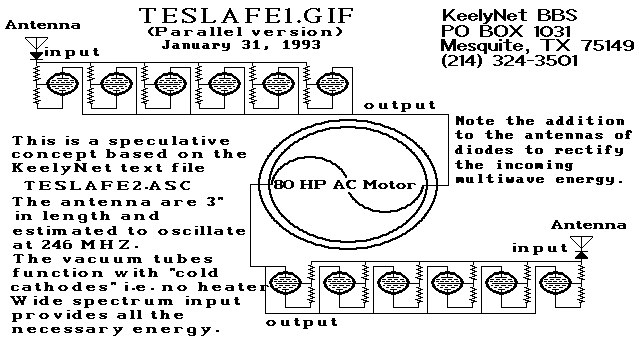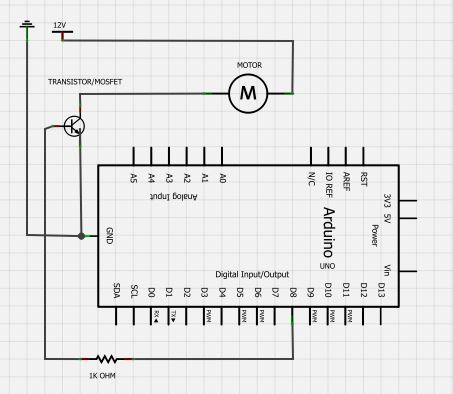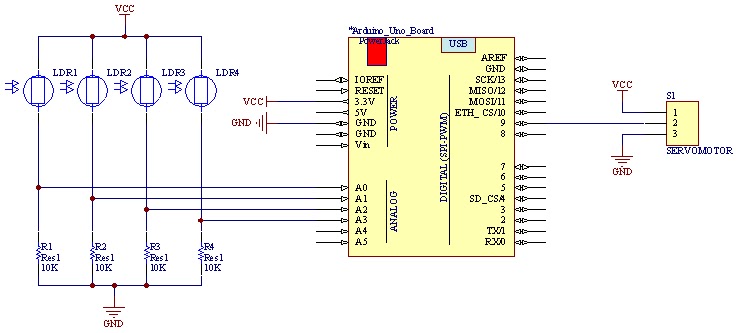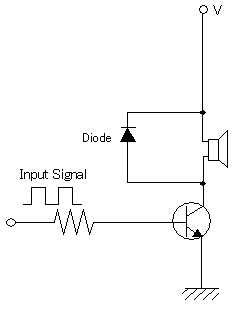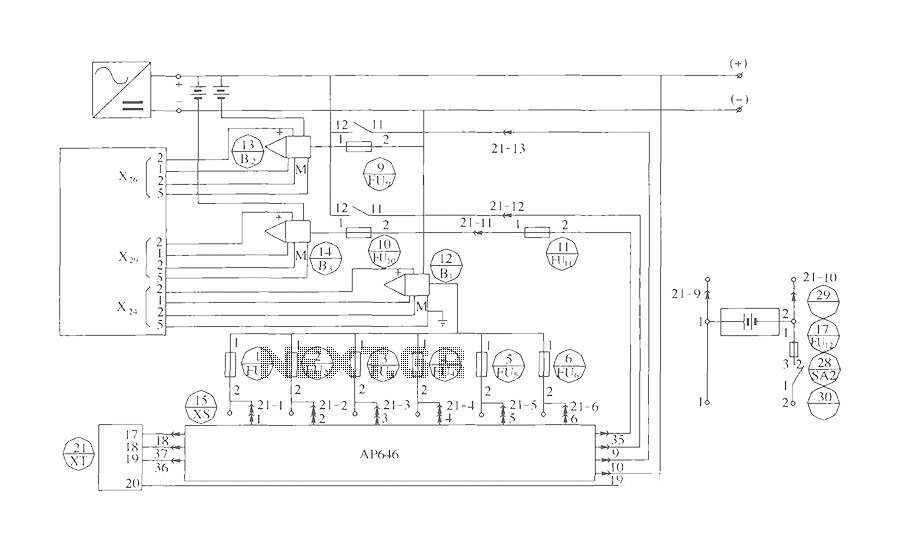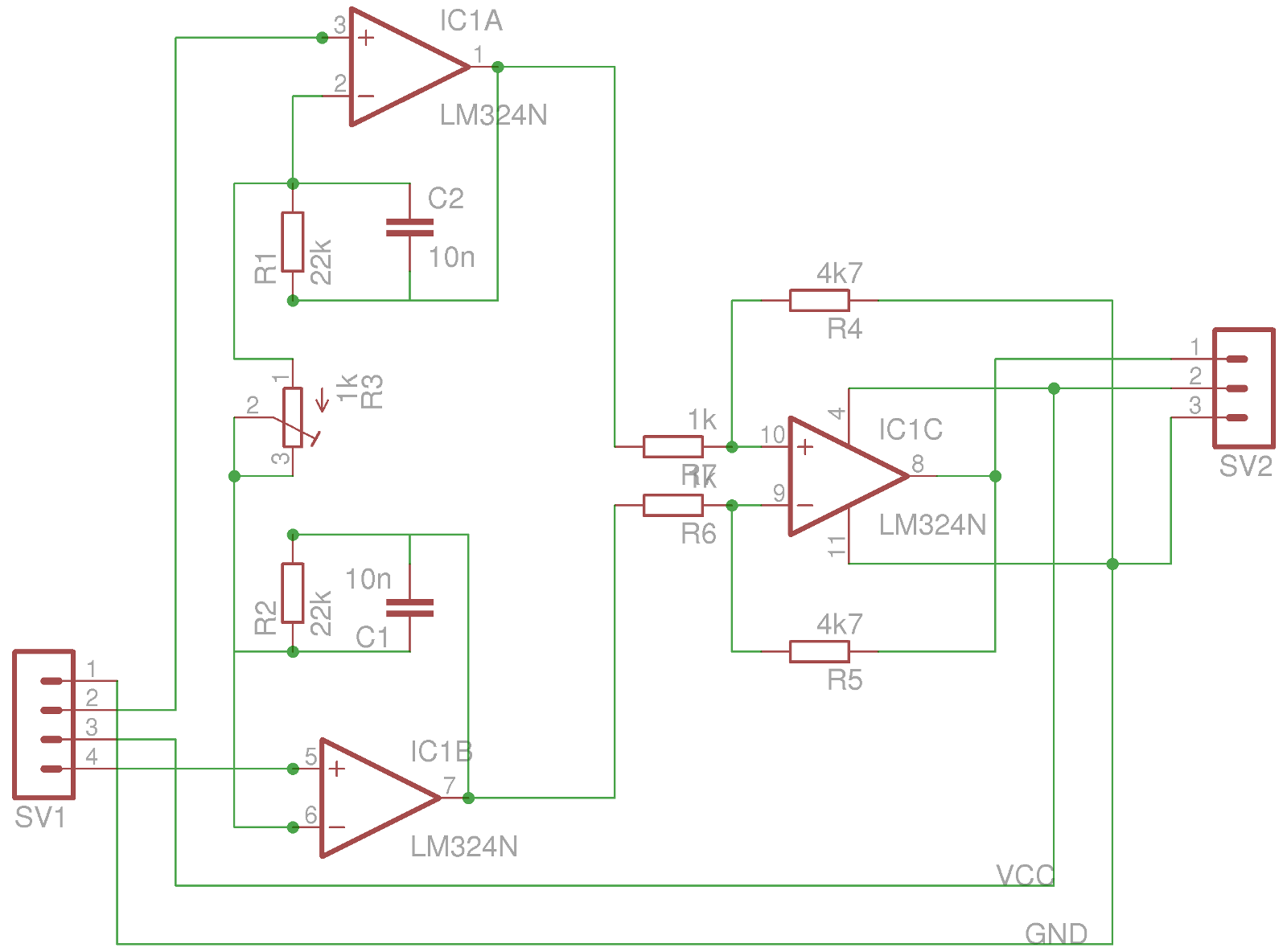
Electric strike with Arduino circuitry

A fingerprint door lock system is being considered for implementation. The primary component is a fingerprint reader that, upon recognizing a valid fingerprint, will instruct an Arduino microcontroller to activate a locking mechanism for a predetermined duration. The locking mechanism will be an electric door strike similar to the "Electric Door Strike for Schlage Locks." The power supply selected for this system is comparable to the "Linear Corporation AAE00381 12-Volt DC 2000mA Power Supply." Clarification is needed regarding the schematic, specifically the term "12V Return" referenced in discussions, which is presumed to indicate the return path to the power source. Additionally, there is interest in determining if an electromagnet could be utilized in place of the electric strike, with the assumption that compatible components would need to be sourced.
The described fingerprint door lock system integrates several key components to create a secure and efficient access control mechanism. The fingerprint reader serves as the primary input device, capturing and processing biometric data to authenticate users. This reader is connected to an Arduino microcontroller, which acts as the central processing unit. Upon successful fingerprint verification, the Arduino sends a signal to the locking mechanism, activating it for a specified duration to allow entry.
The locking mechanism, an electric door strike, is designed to be compatible with standard door hardware and is powered by a 12-volt DC power supply, which provides sufficient current (2000mA) to ensure reliable operation. The selected power supply must be capable of delivering consistent voltage and current to both the fingerprint reader and the locking mechanism without fluctuations that could affect performance.
The term "12V Return" likely refers to the return path for the electrical current after it has passed through the locking mechanism. This return path is essential for completing the circuit and ensuring that the locking mechanism operates correctly. It is crucial to connect this return line appropriately to the power supply to avoid potential issues with the system's functionality.
In the event that an electromagnet is considered as an alternative to the electric strike, it is important to ensure that the electromagnet's specifications align with the power supply and control logic of the Arduino. The electromagnet would require a similar voltage and current rating to function effectively. Additionally, the control circuit may need to be modified to accommodate the characteristics of the electromagnet, such as incorporating a relay or transistor to handle the inductive load.
Overall, this fingerprint door lock system has the potential to provide enhanced security and convenience. Careful attention to component compatibility, circuit design, and power management will be essential for successful implementation.A fingerprint door lock, and the only thing that`s stopping me from purchasing the components is knowing if my setup is going to work or not. Is this an acceptable setup For the actual fingerprint reader, I was going to use this one, , which upon receiving the correct fingerprint, tell the Arduino to send power to the lock to unlock it for a certain amount of seconds.
The strike that I will be using is similar to the " Electric Door Strike for Schlage Locks, " and the power supply will be similar to the " Linear Corporation AAE00381 12-Volt DC 2000ma Power Supply. " Do these schematics make sense After discussing this with HikeOnPast below, I believe I copied his schematics correctly.
I`m not sure what he meant by "12V Return" from the strike but I assumed it is the same as sending it back to the power. Would the above work with an electromagnet substituted for the strike (I`m assuming yes, I would just need to find parts that are compatible with the magnet)
🔗 External reference
The described fingerprint door lock system integrates several key components to create a secure and efficient access control mechanism. The fingerprint reader serves as the primary input device, capturing and processing biometric data to authenticate users. This reader is connected to an Arduino microcontroller, which acts as the central processing unit. Upon successful fingerprint verification, the Arduino sends a signal to the locking mechanism, activating it for a specified duration to allow entry.
The locking mechanism, an electric door strike, is designed to be compatible with standard door hardware and is powered by a 12-volt DC power supply, which provides sufficient current (2000mA) to ensure reliable operation. The selected power supply must be capable of delivering consistent voltage and current to both the fingerprint reader and the locking mechanism without fluctuations that could affect performance.
The term "12V Return" likely refers to the return path for the electrical current after it has passed through the locking mechanism. This return path is essential for completing the circuit and ensuring that the locking mechanism operates correctly. It is crucial to connect this return line appropriately to the power supply to avoid potential issues with the system's functionality.
In the event that an electromagnet is considered as an alternative to the electric strike, it is important to ensure that the electromagnet's specifications align with the power supply and control logic of the Arduino. The electromagnet would require a similar voltage and current rating to function effectively. Additionally, the control circuit may need to be modified to accommodate the characteristics of the electromagnet, such as incorporating a relay or transistor to handle the inductive load.
Overall, this fingerprint door lock system has the potential to provide enhanced security and convenience. Careful attention to component compatibility, circuit design, and power management will be essential for successful implementation.A fingerprint door lock, and the only thing that`s stopping me from purchasing the components is knowing if my setup is going to work or not. Is this an acceptable setup For the actual fingerprint reader, I was going to use this one, , which upon receiving the correct fingerprint, tell the Arduino to send power to the lock to unlock it for a certain amount of seconds.
The strike that I will be using is similar to the " Electric Door Strike for Schlage Locks, " and the power supply will be similar to the " Linear Corporation AAE00381 12-Volt DC 2000ma Power Supply. " Do these schematics make sense After discussing this with HikeOnPast below, I believe I copied his schematics correctly.
I`m not sure what he meant by "12V Return" from the strike but I assumed it is the same as sending it back to the power. Would the above work with an electromagnet substituted for the strike (I`m assuming yes, I would just need to find parts that are compatible with the magnet)
🔗 External reference
